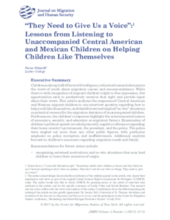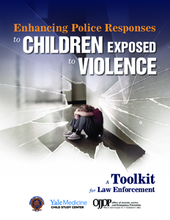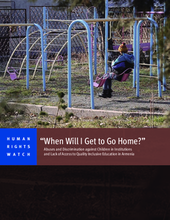Demographic Data
|
Sources: World Bank, UNICEF, UNDP HDR 2015, DHS 2011 |
Displaying 9861 - 9870 of 14391
This issue of Childhood in Africa includes several articles related to children's care, including 'Embedding social justice in Ugandan adoption and legal guardianship cases' and 'The care and support of vulnerable children by foster care families in Uganda: Lessons in social justice and social protection.'
This study expands on an earlier study that reported a tight linear fit between national adult HIV prevalence and the percentage of children living in a household with at least one HIV-positive adult. The authors extended this analysis to all existing DHS data sets with HIV testing, to determine the feasibility of using regression modeling to estimate the size of two priority groups: (1) children living with at least one adult who is HIV-positive, and (2) orphans and coresident children living with at least one adult who is HIV-positive.
This review of the international research examines what is known about the placement of siblings in foster care.
This report presents and reviews 43 interventions addressing household violence within the context of humanitarian emergencies, including a range of programs focused on parenting education and support and economic strengthening.
This guide is aimed at informing policy makers and programme managers working across Eastern and Southern Africa to implement an integrated case management approach to practice with vulnerable children and their families.
This article analyzes the responses of Central American and Mexican migrant children to one interview question regarding how to help youth like themselves, and identifies several implied “no-win” situations as potential reasons for the migration decisions of unaccompanied children.
This new toolkit provides practical tools and resources to assist law enforcement agencies in building or enhancing effective operational responses to children exposed to violence (with or without a mental health partner). This toolkit contains tools targeted to police leaders and frontline officers.
This report is based on Human Rights Watch visits to five state-run orphanages and ten state-run schools, including six special schools and four mainstream schools, and interviews with 173 people, in eight cities in Armenia.
The aim of this guide is to enable practitioners to support children affected by a family member’s offending within a whole family approach.
The document outlines the new civil definition of child sexual exploitation, developed by the Home Office and DfE, together with an overview of our current understanding of the issue and an evidence-informed set of principles for responding.










